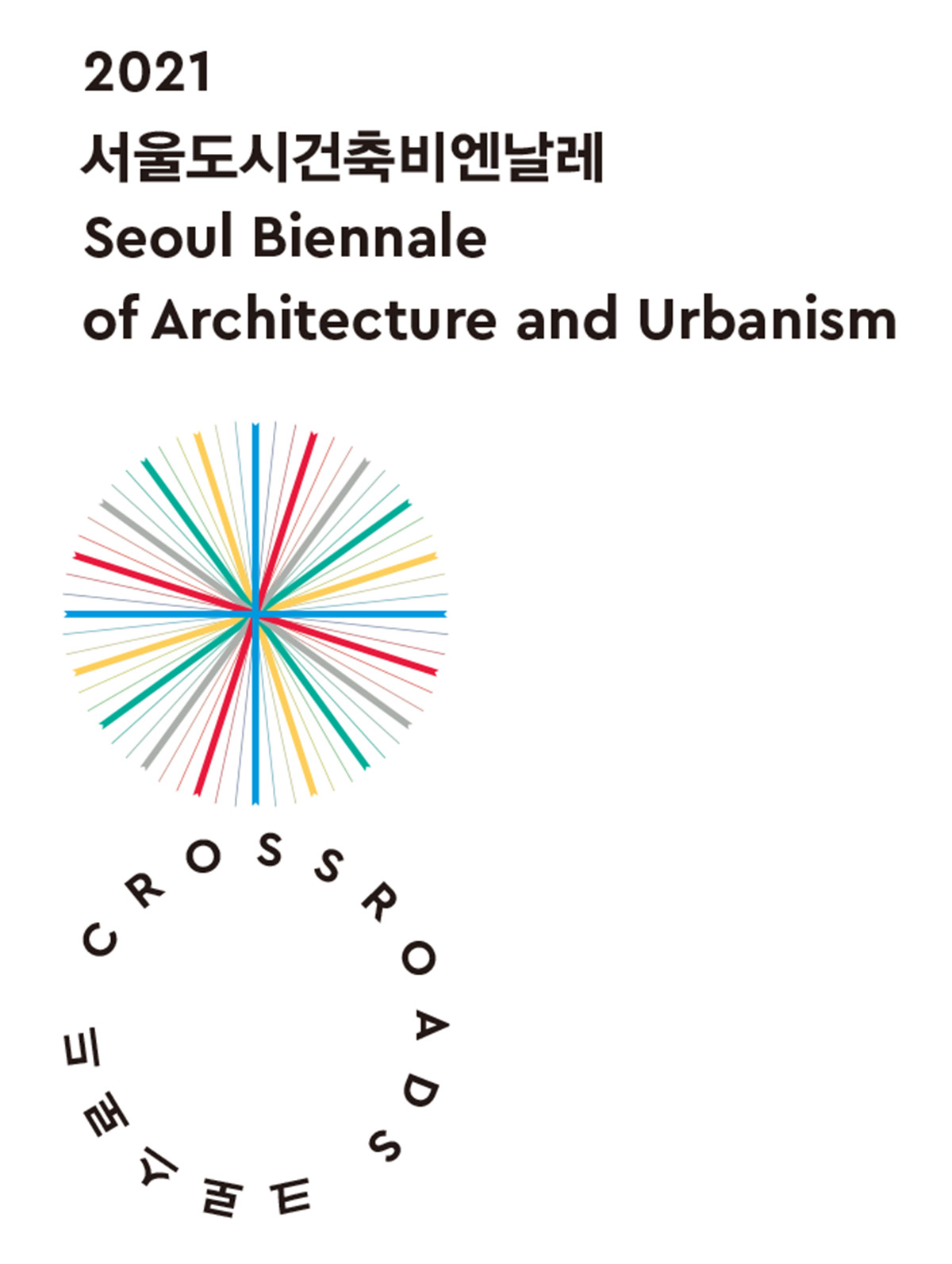
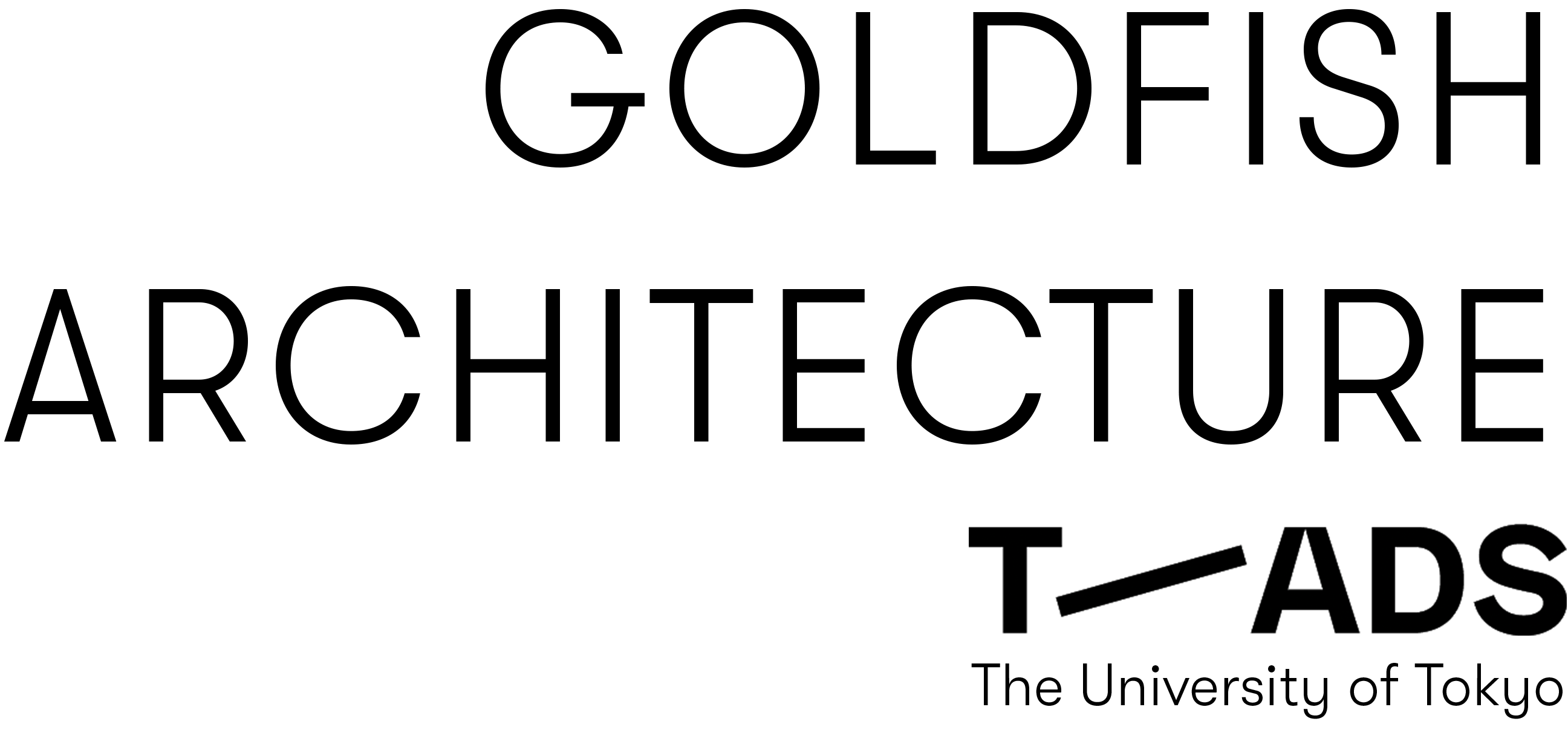
Now Loading


Now Loading
Goldfish Architecture is a digitally augmented and functional vernacular construction that harnesses the therapeutic effects of plants and aqueous pets to propose a future for mindful and sustainable living. The proposed pavilion serves as a prototype for a productive and captivating smart aquaponic appliance that brings together households and communities alike. Our developed system effectively improves local air quality by taking advantage of the IoT sustained microbiomes that stabilize humidity, filter VOCs, and lower CO2 levels. Through individual engagement, the user cultivates their mental and physical health by becoming a part of the growth cycle of the edible plantations, as well as the goldfish, representatives of peace and prosperity. We wish for Goldfish Architecture to incite the community to understand, and more importantly, actively participate in the natural growth processes, and develop sustainable and resilient lifestyles.

The symbiotic relationships cultivated within the idea of ‘Goldfish
Architecture’ are designed to tackle current urban specific issues of
indoor air quality and decreasing mental health, all while giving people
a new way of cultivating produce such as microgreens, herbs, and
lettuce. The plant and bacteria cultivated by the aquaponic system feed
the urban population, as well as help, purify the air by removing
airborne toxins and particulates, thus improving its quality. Goldfish
architecture focuses on the therapeutic effects and educational value of
bringing nature into buildings and aims to raise awareness for
sustainable living.
An impending crisis awaits as the aging
infrastructure of our progressively denser metropolis begins to succumb
to the ever-increasing scarcity of basic resources. Water, food, and
even land are eaten away, leaving a path of destruction far greater than
what individuals can tangibly understand. Whether digitalized or
symbiotic, it is up to the communities of the world to collectively and
fairly ensure a liveable future, where one can still find a moment of
peace and tranquillity.
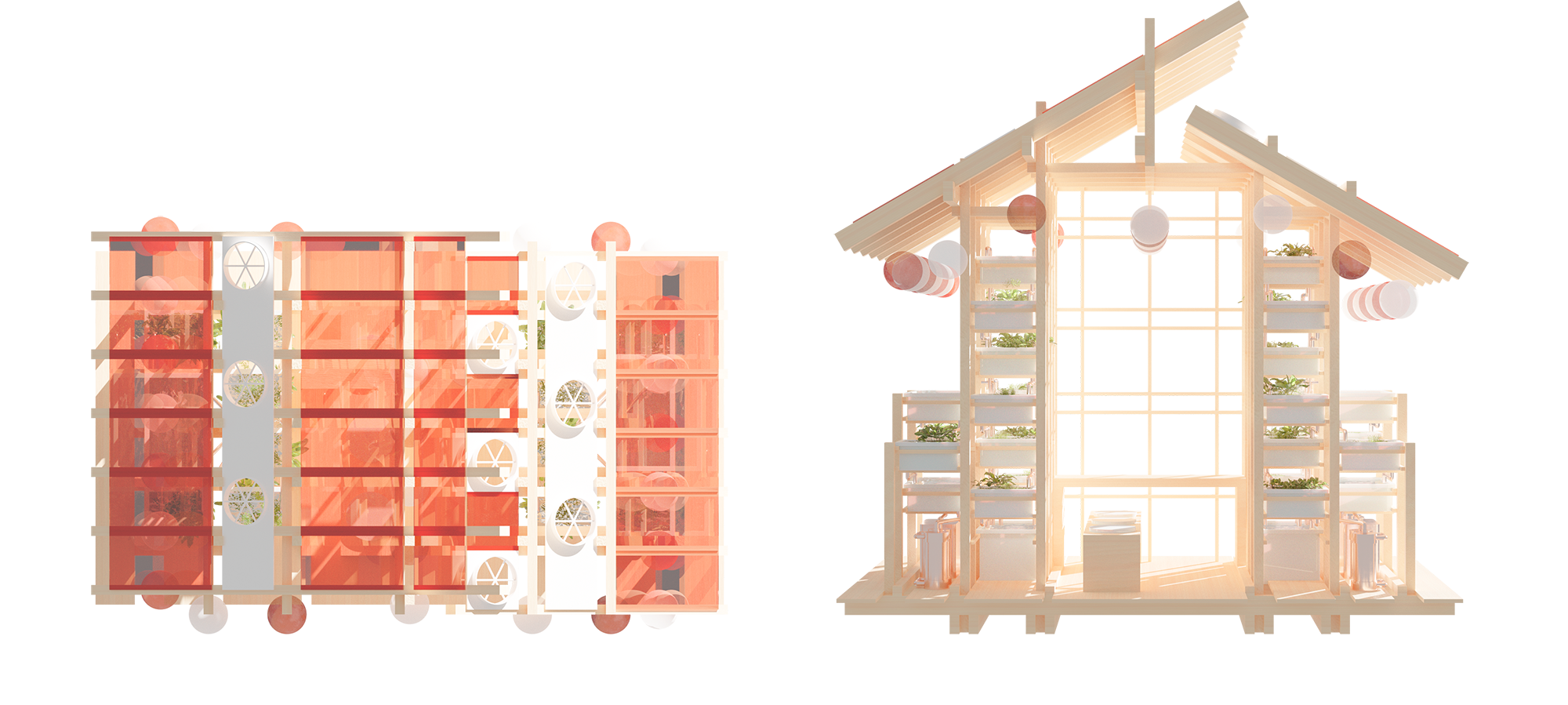
To fully showcase the therapeutic effects of goldfish and growing plants and vegetables, as well as demonstrate the effectiveness of a well-designed biological filtration system, we proposed to construct and maintain a “live exhibition” on-site at the 2021 Seoul Biennale. Eight small scale aquaponic systems were to be displayed in two rows under a traditional Japanese architecture inspired frame structure. The intended aesthetic was to represent a traditional Japanese shophouse, with elements directly borrowed from “goldfish carts” that used to roam the streets of Edo Japan. Each system was to display different species of goldfish and a mixture of plant and vegetables, and run separately to avoid cross contamination and minimize the effects of malfunctioning. The display was planned to include various species of goldfish, microgreens, herbs, and lettuce. All fish and vegetable species were selected based on their hardiness, adaptability to Seoul climate, and required conditions for being grown hydroponically without soil.

The aim of this website is to provide a further platform that enables
international spectatorship. Originally, this webapp was supposed to
provide an intuitive interface to remotely manage the proposed aquaponic
system. This sadly became an impossibility due to various factors
outside of our control. Nonetheless, we have provided an ever-evolving
real-time web interface that the user can follow throughout the Seoul
Biennale Exhibition. Please note that this webapp follows the real
sunpath and weather of Seoul.
We hope you will take home and cherish a digital part of this active
research through our Digital Twin 3D model developed to represent how
the pavilion was intended to be built and operate.
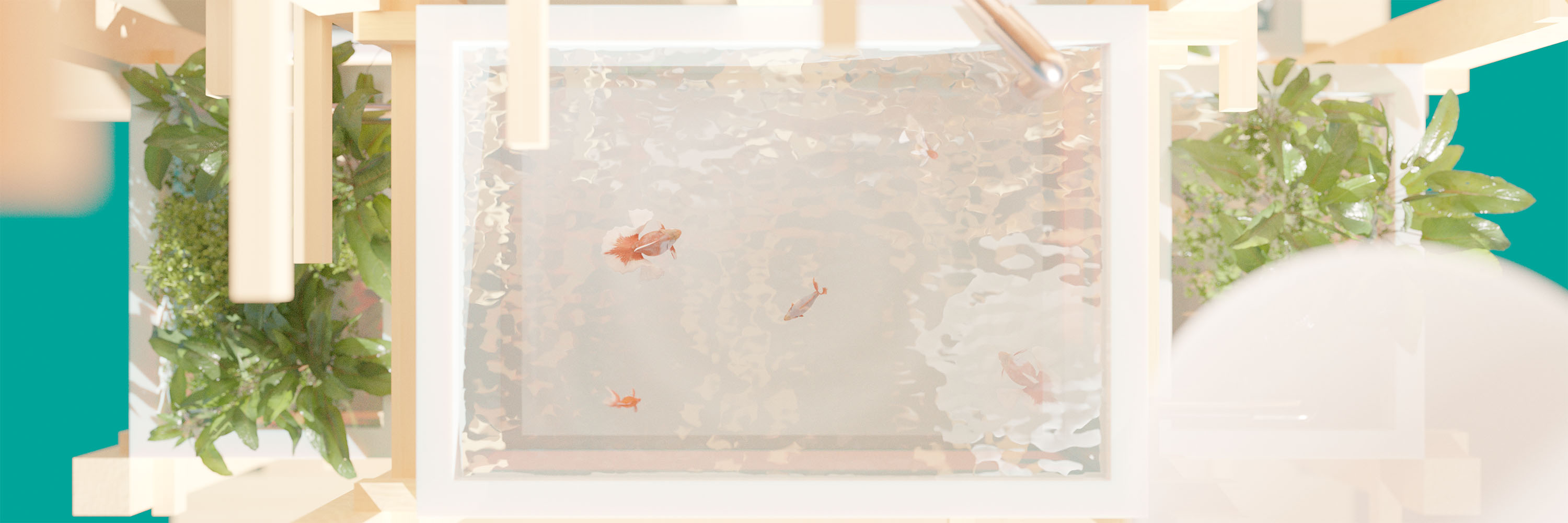
The fundamental principle of the aquaponic system is a symbiotic relationship between fish, plants, and bacteria. The plants require nutrients to grow, and the fish require a filtration system to remove their waste. In such a system, the aquarium and hydroponic systems are connected, and waste removal for fish and nutrient requirements for plants are balanced by beneficial bacteria through the nitrifying process. Fish waste is processed by bacteria into nitrogen-based nutrients, which are then absorbed by the plants, thus filtering the water. Large-scale commercial aquaponic farms have already proven to be effective in efficiently growing various vegetables and fish for consumption. In a reduced scale system, such as goldfish architecture, we take advantage of the therapeutic effect of caring for pet companions. The system therefore only produces a selection of greens fit for consumption.
.png)
As cities grow to never before seen densities, the efficacy of HVAC ventilation to provide clean air to indoor spaces has inevitably been surpassed by an alarming increase in respiratory-noxious pollution. Rather than increasing energy consumption to mitigate such issues, we need to look towards a more intrinsic relationship between humans and buildings. The principle of biological filtration within the aquaponics system may offer a solution to this. Plants and beneficial bacteria can process many known toxins in the air and release beneficial substances such as oxygen and negative ions in return. Goldfish architecture, with its diverse physical conditions and a low maintenance symbiotic system, can be easily adapted to provide various forms of air-cleaning bacteria and plants.
Our initial intentions at the time of project submission were to construct on-site a fully functional ‘live’ artwork that aimed to raise awareness for sustainable living through the therapeutic care of goldfish and growth of edible vegetation. We were optimistic that COVID would be over after a year of project research and development. Regrettably, this did not happen. The ongoing travel restrictions and stringent shipping laws impeded on our ability to construct the full scale project. Therefore for the exhibition, only a segment of the designed system was built on-site as a proof-of-concept that demonstrates the use of accessible materials that can be incorporated into everyday domestic spaces. We have not seen our artwork ourselves. You, the visitor, are in a prime position to witness a dream that will hopefully be fully achieved in the very near future.
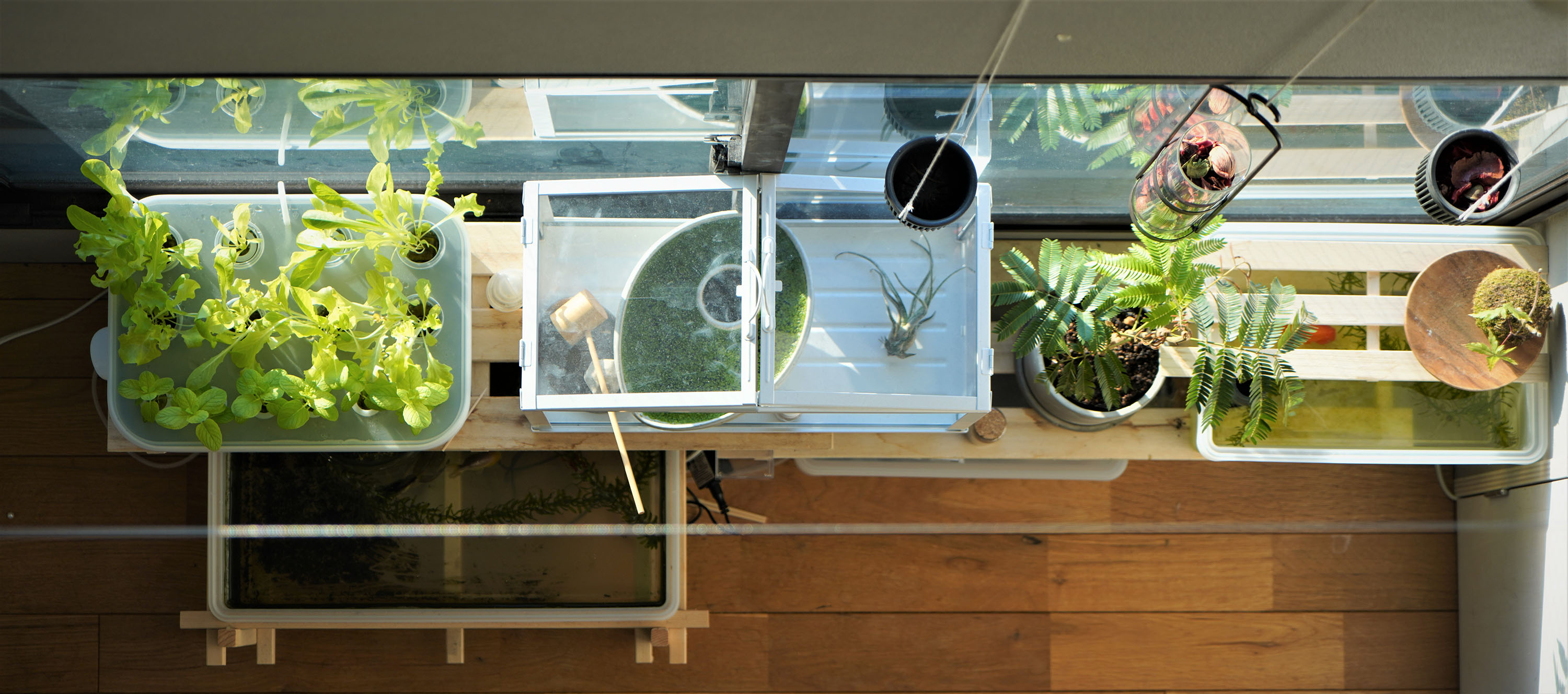
The well-being of the community should be a primary concern of all technological development and applications within metropolises. As such, we wish to provide accessible and open-platform resources to all. We aim to design a system which can be implemented worldwide to improve interior urban spaces, both domestic and commercial, while introducing educational concepts of urban ecology and sustainability, normalizing a better way of sustainable living within the city context. Through our extensive research, we found that raising plants and pets has immense effectiveness as a natural, sustainable, and widely applicable way of maintaining mental fitness. Inciting more and more people to actively participate and understand the natural processes also has the added benefits of inspiring more people to care about sustainability. We believe that such systems have the potential to become a new form of urban household appliance and will be incorporated into every household like microwaves and refrigerators.
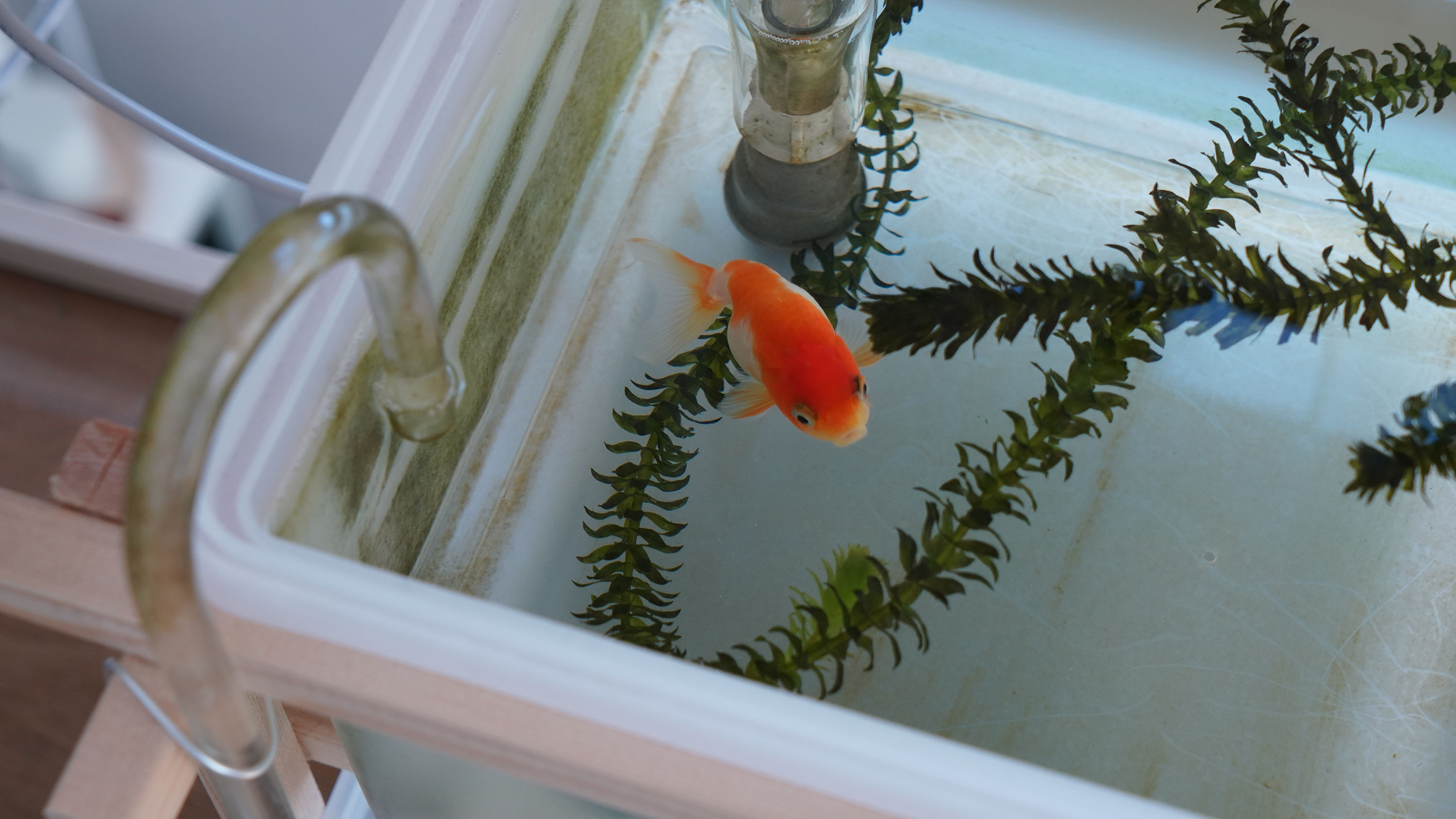
T-ADS Obuchi Laboratory, The University of Tokyo
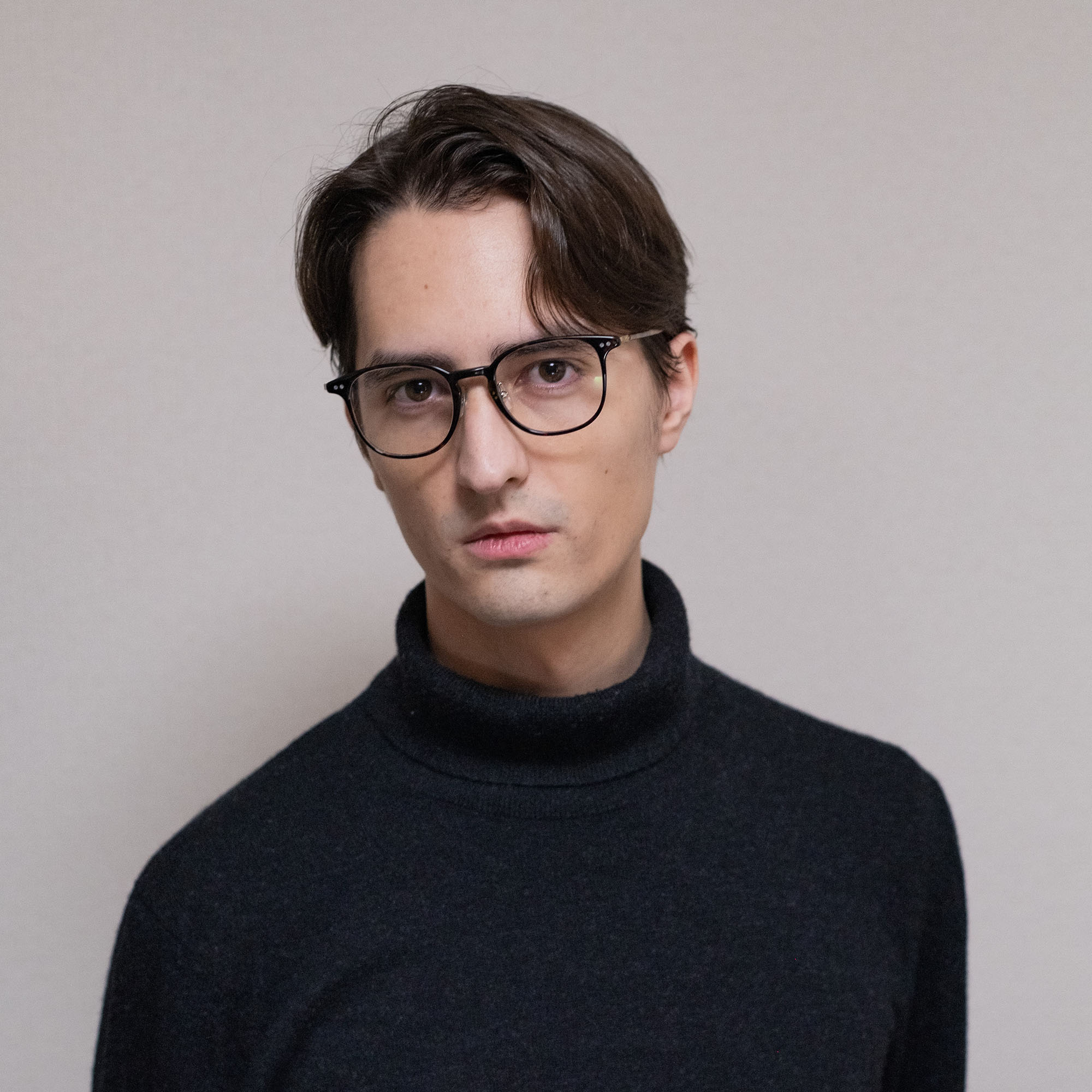
Holder of a Bachelor of Science from the EPFL (Switzerland), and a Master of Engineering from UTokyo, Alex Orsholits is currently a PhD candidate of Obuchi Lab at the University of Tokyo. His work focuses on implementing new and upcoming technologies to establish functional processes of interfacing innate human perception with computer-based mathematical representations of space within the context of architecture and digital fabrication.

Zhou Li is a Master’s student at the University of Tokyo, Graduate School of Engineering, Department of Architecture, Obuchi Laboratory. Prior to the University of Tokyo, he studied architecture at Cornell University and at the University of Southern California, where he acquired his Bachelor of Architecture Degree. He has also worked in the Beijing Institute of Architectural Design and Liang Architecture Bureau+ in Los Angeles.

Annette Choy is a Masters student at the University of Tokyo, and is a member of the Obuchi Laboratory at the Department of Architecture. Her design work has previously involved architecture immersed in the natural environment, the exploration of the qualities of the olfactory in architecture and analyzing spatiality beyond just the human experience. She has previously graduated from the Bartlett School of Architecture, UCL.
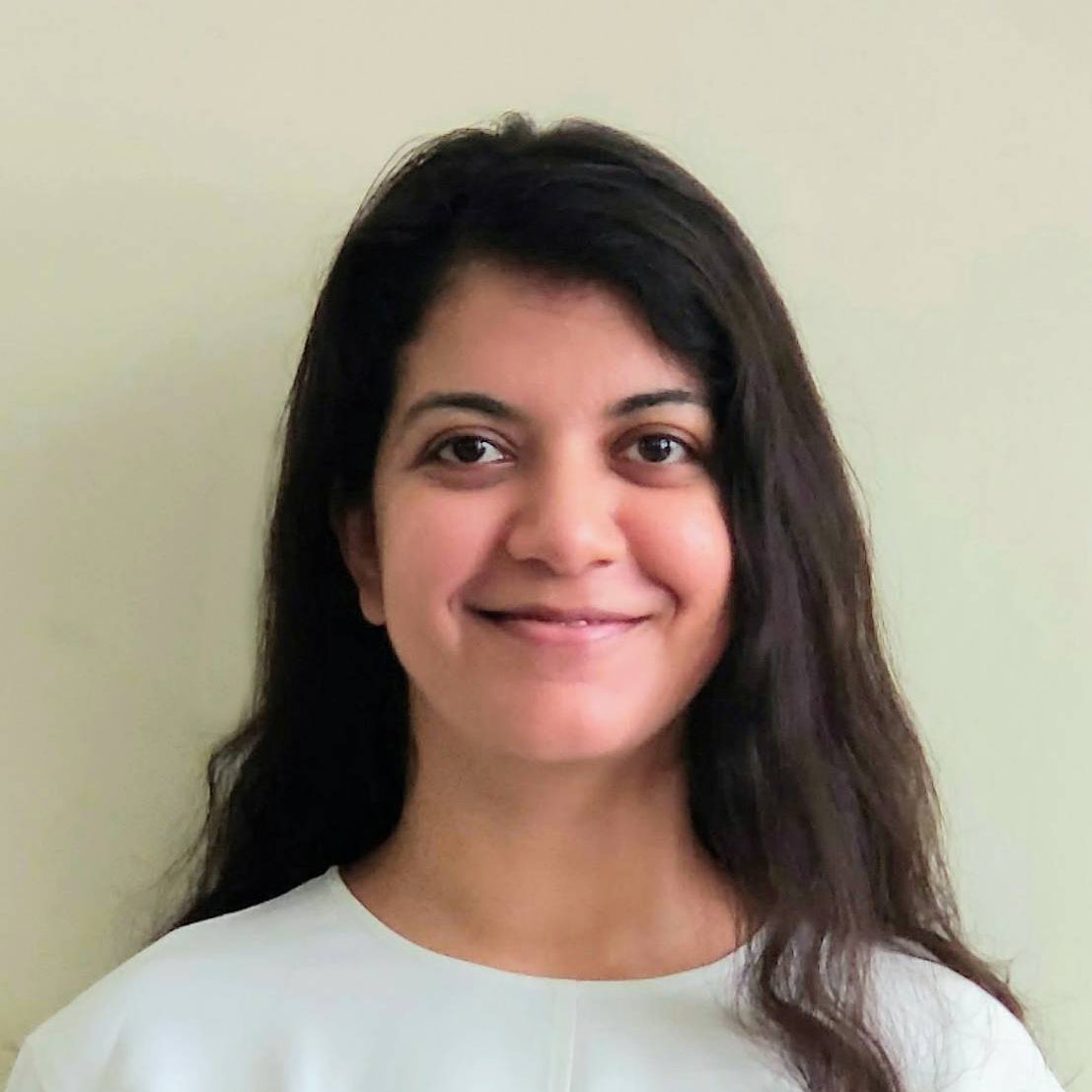
Kritika graduated from the Chandigarh College of Architecture with the Pierre Jeanneret Gold medal for her undergraduate thesis. Her early interests in adaptive reuse and contextual/experiential urban interventions radically expanded with the experience gained from interning in Vienna and later working at prominent practices in New Delhi for five years. She is currently pursuing her masters at the University of Tokyo Obuchi lab, to explore advanced/alternative means of design and production and potential ways to deploy them in the unique constraints and architectural/urban traditions which she hails from.
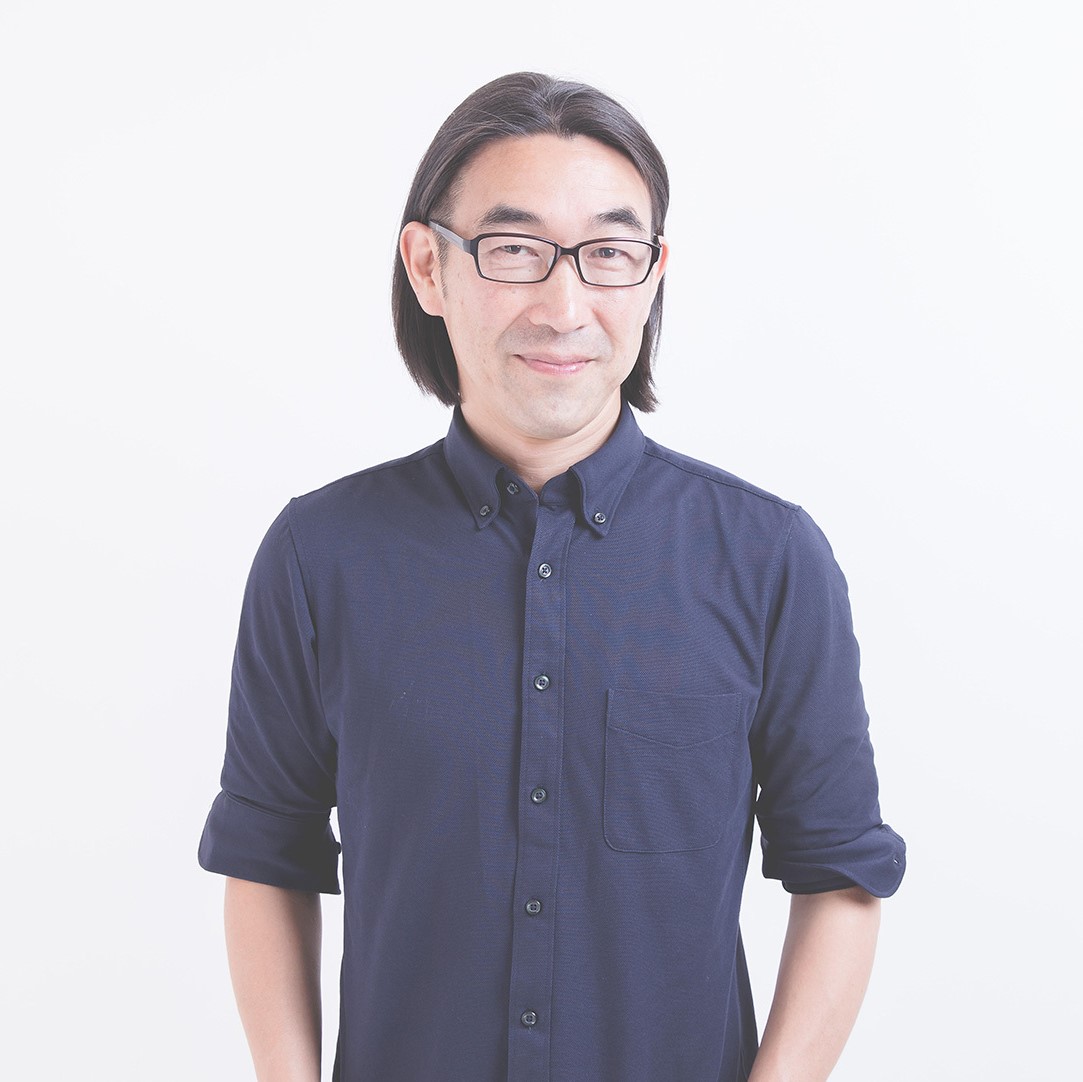
Yusuke Obuchi is an Associate Professor in Architecture at the University of Tokyo, co-founder of the Advanced Design Studies Program (T-ADS), and director of Obuchi Laboratory since 2010. He has previously taught at the Architectural Association, Princeton University, Harvard GSD, University of Kentucky, and New Jersey Institute of Technology.
Website by Alex Orsholits
For more information, contact alex [a/t] kenchitaru.studio
Special thanks to Hansol Park & Minkyung Kim for on-site management.
v0.81
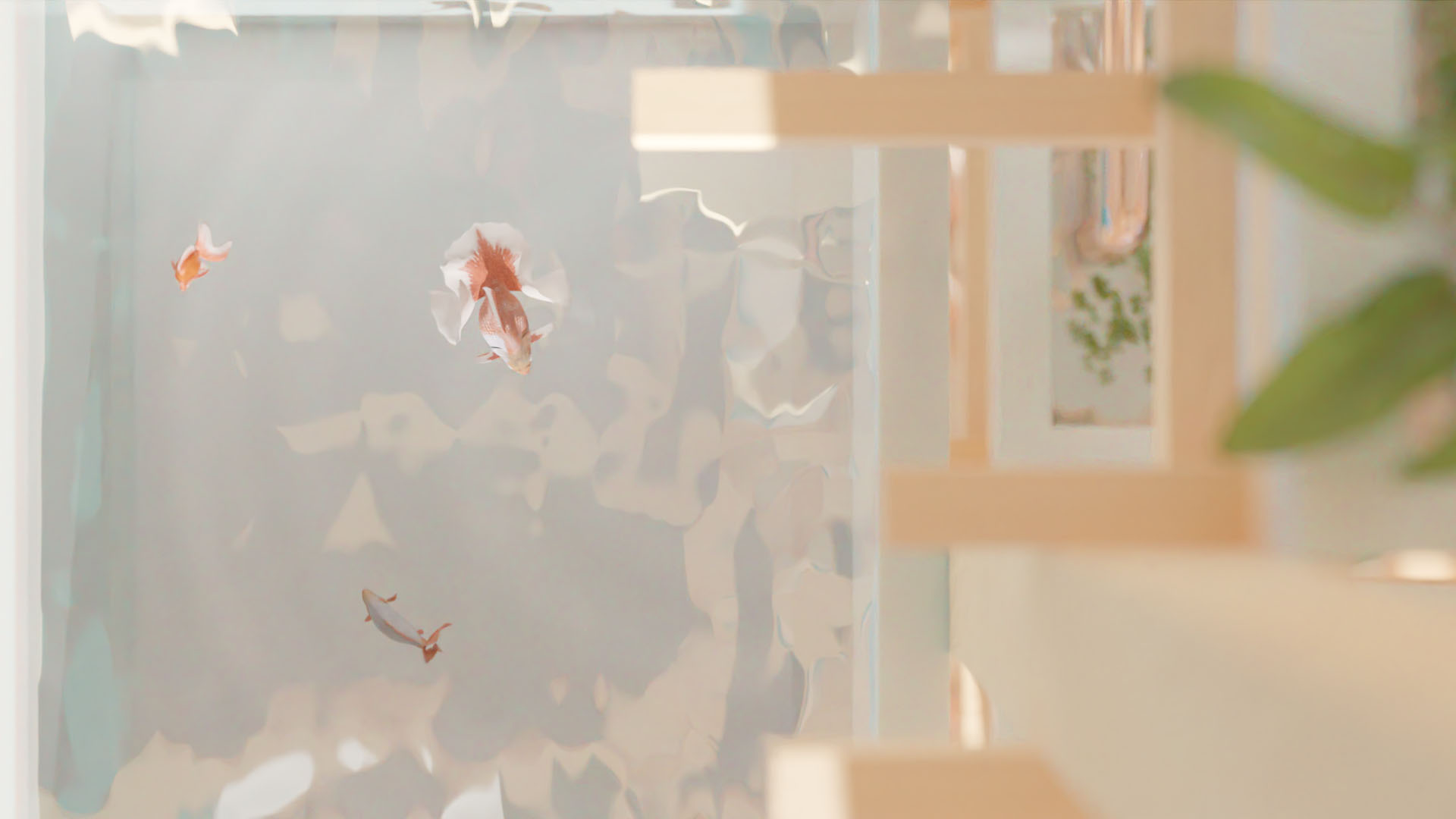
Inspired by the goldfish carts that roamed the streets of Edo period
Japan, this intimate relationship between goldfish and human was
interpreted at face value in the pavilion. Representatives of peace,
goldfish have grown to become dependent beings, requiring human-managed
ecosystems and a consistent food source. For the Seoul climate, only a
few goldfish, most local to the region, can adapt to the specificities
of the region.
A selection of goldfish is as follows:

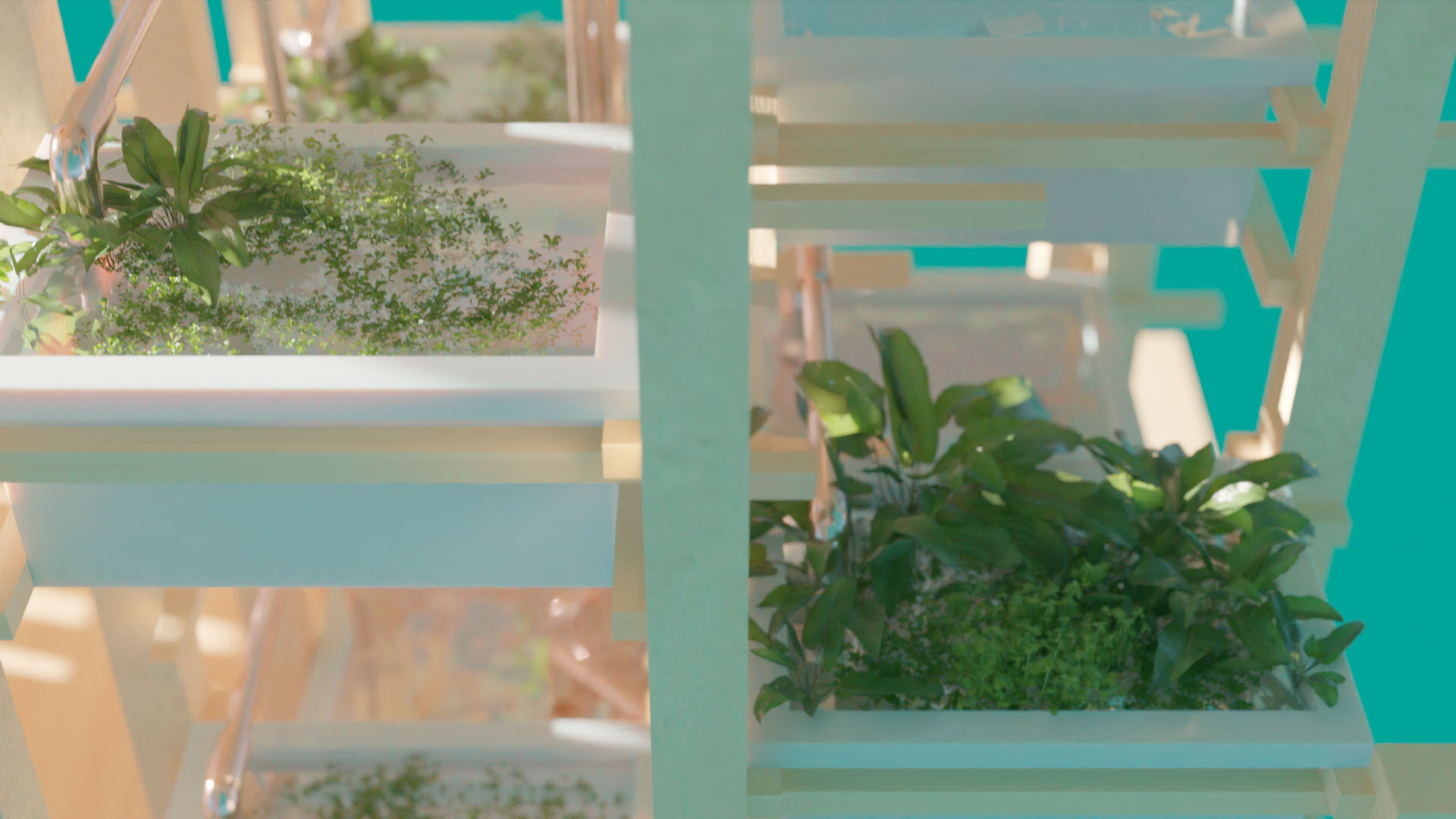
The symbiotic relationships cultivated within the idea of ‘Goldfish
Architecture’ are designed to tackle current urban specific issues of
indoor air quality and decreasing mental health, all while giving people
a new way of cultivating produce such as micro greens and lettuce. The
plants and bacteria cultivated by the aquaponic system feed the urban
population, as well as help purify the air by removing airborne toxins
and particulates, thus improving its quality.
There is a wide range of plants that are highly compatible with
aquaponic systems. Based on ease of care and production ratio, we
selected three kinds of plantation clusters to be fitted in available
plant tanks:

Specific plant suggestion: Shungiku, Sunflower, Red Amaranth
Microgreens require little space to grow and can be harvested very
rapidly. Microgreens are also hard to harvest if the growing tray cannot
be removed from the circulation system. The growing tray also needs to
be emptied before replanting. For this reason, type A grow trays are
free floating inside the perimeter.

Specific plant suggestion: Mint Lettuce, Romain Lettuce, Basil Lettuce
ach head of lettuce is easy to identify and separate. Therefore there is
no need for individual trays for each lettuce growth. Type B trays
borrow ideas directly from hydroponic lettuce farms by including a tank
cap with an array of openings to the water below.

Specific plant suggestion: Basil, Chives, Mint
Herbs can propagate easily, and therefore do not require re-planting
after harvesting. To assist this propagation, the herbs need to be
accompanied with a growth media where they can develop a permanent root
system. Type C trays therefore include a gravel growth bed with water
circulating through for the herbs.
.png)
The presented design of Goldfish Architecture, small as it is, requires a significant amount of water flowing through the aquaponic system. Such systems have the benefit to be able to 'reset' the nitrogen cycle in case of an uncorrectable symbiotic imbalance. This is achieved by flushing the water supply and starting fresh. That being said, totaling nearly 600 litres in the proposed system, it is imperative to reduce water waste. This is where our digital management systems come into play. All systems are programmatically automated and managed via the Cloud by applying our expertise in networking and data management to deploy a versatile IoT system and Digital Twin webapp to intuitively and remotely follow the entire symbiotic cycle of the project.
We are launching a new aquaponic system for SIGGRAPH ASIA 2021 this December 14th!
It will be a more advanced multi-user webXR experience, interlinking the on-site construction with off-site visitors such as yourselves.
From December 14th 2021, this page will redirect to siggraphasia2021.t-ads.org
We hope to interact with you online soon!